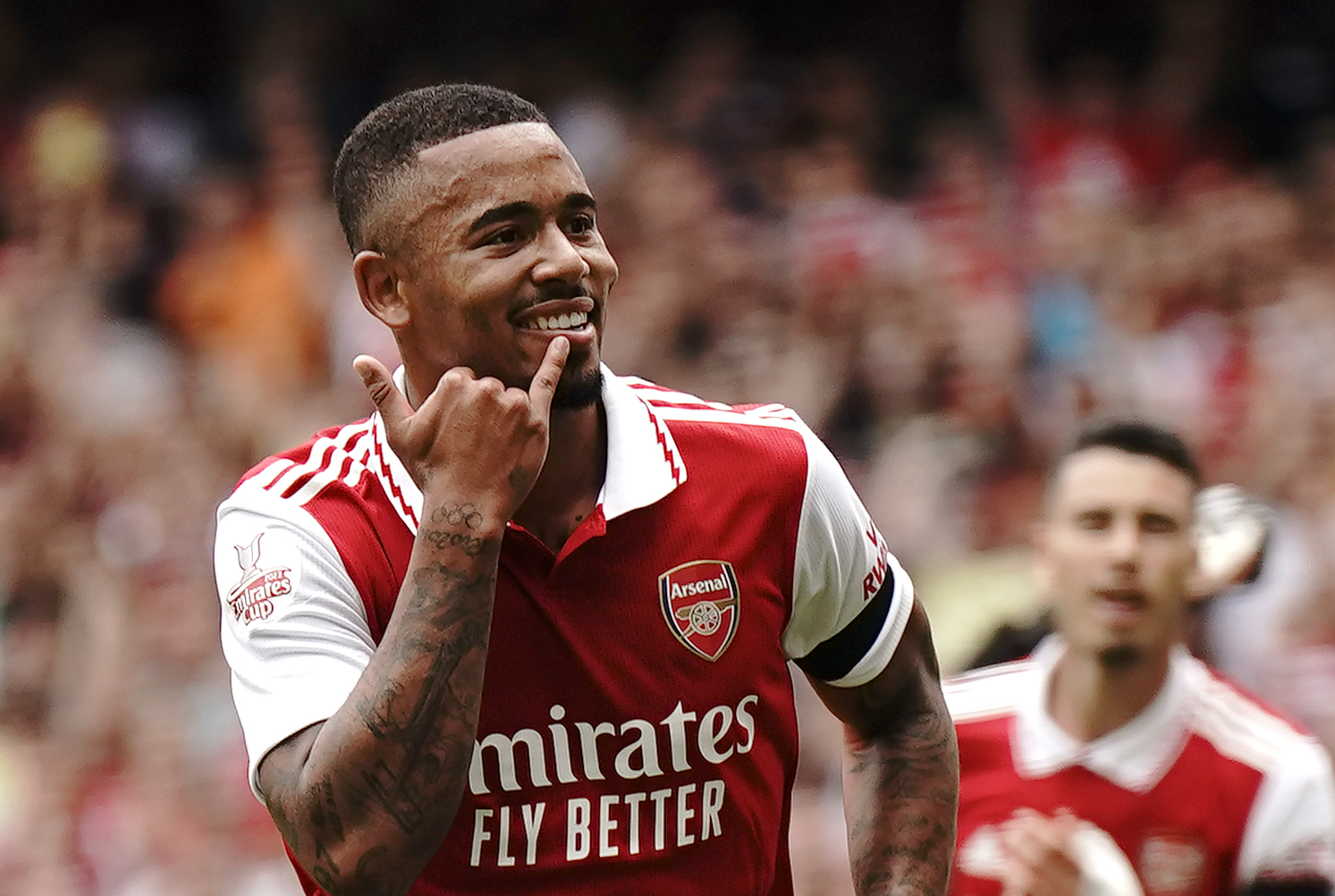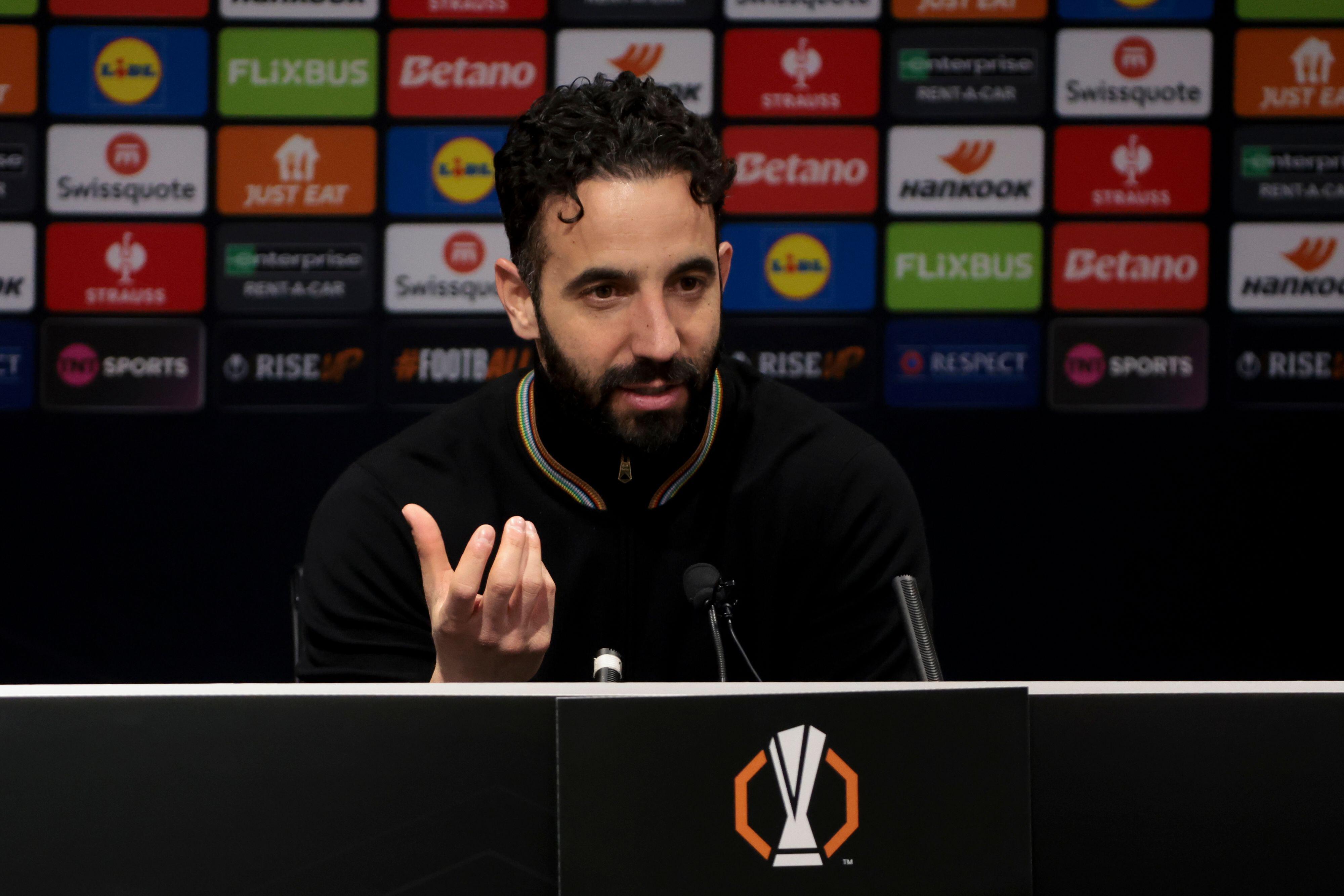Fantasy Premier League tips for a successful season

The number of Fantasy Premier League (FPL) managers passed six million on Thursday – a record for pre-season – as the game continues to rise in popularity.
FPL launched in 2002-03, attracting fewer than 100,000 players in its first year, and is now entering its 21st campaign.
Last season, PA tracked the fortunes of 1,000 FPL managers with multiple top-10,000 finishes to their name.
Here, we use the results from this and data from the official FPL website to provide some tips for enjoying a successful campaign.
Plan for the short-term

Trying to pick the best players for the whole season before a ball has been kicked is a difficult task, but the winter World Cup this year allows FPL managers to focus on the shorter term.
Managers can make unlimited transfers before the Premier League resumes in December, which is, in effect, a third wildcard. As a result, it makes sense to use the first one early.
Even without the World Cup, the case for an early wildcard is clear. Almost four in five of the 1,000 fantasy managers tracked by PA had used their first wildcard by the eighth gameweek of last season.
Get FourFourTwo Newsletter
The best features, fun and footballing quizzes, straight to your inbox every week.
That said, elite bosses tended to save their other chips – the Bench Boost, Free Hit and Triple Captain – until the second half of the season, allowing them to take advantage of blank and double gameweeks caused by fixture rearrangements.
Follow the fixtures

The quality of opposition has a significant impact on a player’s FPL returns.
The official website rates the toughness of each opponent via its Fixture Difficulty Rating (FDR), but the measure lacks granularity.
More than half of the teams in the Premier League (11) have been assigned an FDR of two for both their home and away matches, making it impossible to distinguish between – for example – hosting Bournemouth and a trip to Aston Villa.
Fortunately there is a more useful metric hidden from view which powers FDR and rates teams more precisely.
Team ratings are spread from 1,040 (Nottingham Forest and Fulham at home) to 1,370 (Manchester City away) and these can be averaged to rank each team’s first eight opponents.

According to these Strength ratings, Arsenal have the easiest start to the season with an average fixture difficulty of 1,099, while their opening opponents Crystal Palace have it toughest with an average of 1,195.
Last season’s top three – Manchester City, Liverpool and Chelsea – have been handed gentle opening schedules, but the promoted sides have been less fortunate. Fulham and Bournemouth have the most daunting opening fixture runs after Palace.
Back the best teams

While it is impossible to see who individual managers currently have in their teams, we can use the latest ownership and price values to calculate how much of the average budget is being spent on each player.
Almost one-fifth of spending is on Liverpool players at present, with the average manager using £19.6m of their £100m budget on Reds assets. Mohamed Salah alone accounts for £7.9m of this, with another £4.4m allocated to Trent Alexander-Arnold.
A further £15.0m is going on Manchester City players, £12.8m on assets from Arsenal and £10.1m on those from Tottenham.
Of clubs outside the traditional “big six”, Aston Villa (£5.1m) and Newcastle (£3.8m) are popular sources of budget picks.

Few managers seem enthused by newly-promoted Bournemouth – not least their actual manager Scott Parker, who bemoaned the state of his squad earlier this week. Just £0.2m in every £100m is being spent on Cherries players thanks to their tough start and lack of enticing options.
Everton (£0.9m) and Southampton (£1.1m) are also unfancied by FPL managers at present, with both teams having struggled last season and having tricky starts this time around.
Check the underlying numbers

Goals and assists are the lifeblood of FPL but over the short term a player’s output does not always reflect their performances.
The official site provides some additional numbers which can highlight over- and under-performing players.
Influence, Creativity and Threat – recorded separately and also combined into the “ICT Index” – combine more than 40 advanced statistics which correlate with FPL points.
By comparing last season’s Threat and Creativity scores with actual goals and assists we can calculate which players over- and under-achieved.
Jack Grealish underwhelmed as an FPL asset in his first season at Man City with just three goals and three assists, but according to his Threat and Creativity scores his performances justified an extra 44 points – a bigger deficit than any other player.

Incredibly, the game’s most expensive defenders – Joao Cancelo and Trent Alexander-Arnold – were also among the notable underachievers despite scoring more than 200 points apiece in the 2021-22 campaign.
Son Heung-min justified his reputation as an elite finisher last season, having overachieved his underlying numbers to the tune of 49 points. The South Korean shared the Golden Boot with Mohamed Salah despite a much lower Threat score.
Leicester pair James Maddison and Jamie Vardy also banked over 30 points more than the average player would have managed from the same performances in 2021-22.
